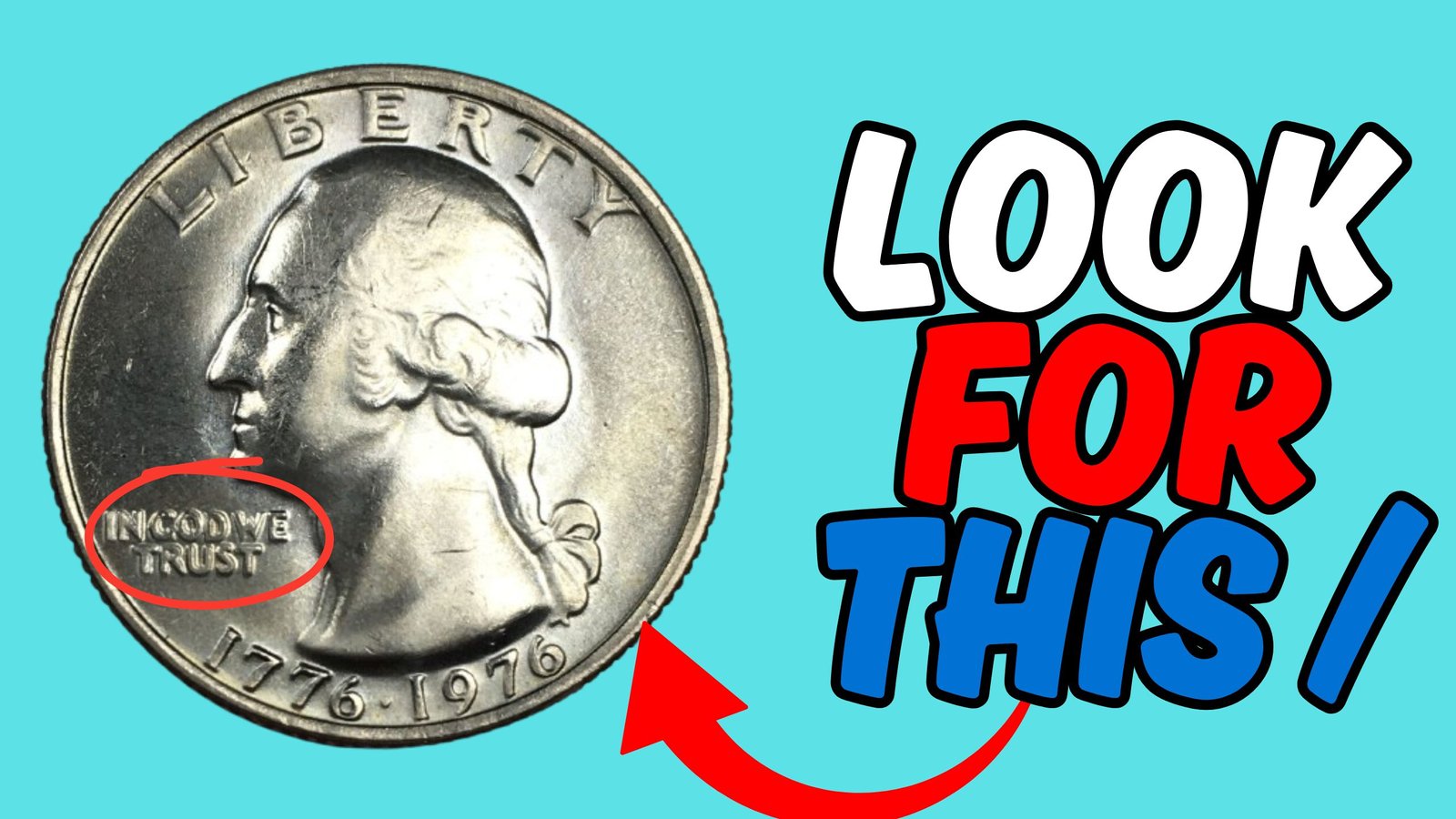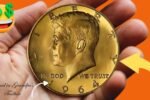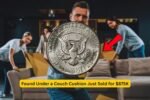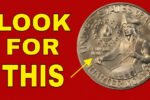Rare 1976 Bicentennial Quarter : In the world of numismatics — the study and collection of currency — certain coins capture the imagination of collectors and treasure hunters alike. One such coin is the 1976 Bicentennial Quarter. While millions were minted to commemorate America’s 200th anniversary, one astonishingly rare variant has gained mythical status: a version reportedly worth a staggering $2.2 billion — and it’s still in circulation.
The Birth of the Bicentennial Quarter
In 1976, the U.S. Mint released special quarters, half dollars, and dollar coins to celebrate the nation’s bicentennial. The standard Washington quarter design was replaced with a dual date “1776-1976” and a reverse image of a Colonial drummer boy designed by Jack L. Ahr. These quarters were widely distributed and are still commonly found in change.
What Makes One Worth Billions?
The idea of a $2.2 billion quarter may sound like urban legend, but the story is rooted in truth — at least partially. While no verified public auction has ever reached such astronomical figures, several extremely rare variants and minting errors from the 1976 Bicentennial series have sold for tens of thousands, and rumors persist of prototypes, off-metal strikes, and other anomalies valued in the millions, even billions by speculative collectors.
Here are the characteristics that elevate certain Bicentennial Quarters to rarefied status:
1. Off-Metal Strikes
Some Bicentennial Quarters were mistakenly struck on 40% silver planchets intended for collector sets, or even on planchets meant for foreign coins. These off-metal errors are incredibly scarce and valuable.
2. Proof Errors and Deep Cameos
Coins minted in San Francisco for proof sets occasionally display deep cameo contrast or contain dramatic errors like double strikes or misalignments. High-grade examples in pristine condition can fetch thousands.
3. Prototype or Pattern Coins
It’s widely speculated that ultra-rare prototype coins — early tests not meant for circulation — were never destroyed and somehow made their way into the public. These pattern coins are near-mythical and could explain rumors of one worth billions, especially if it’s a unique specimen with historic provenance.
4. Perfect Condition – MS-70
Grading plays a crucial role in a coin’s value. While most Bicentennial Quarters are well-worn, an MS-70 (Mint State, perfect condition) coin is a unicorn among pocket change. Such flawless examples can easily command five-figure prices or more.
Could You Have One?
Here’s how to spot a potentially valuable Bicentennial Quarter in your pocket:
Check the Date: All 1976 Bicentennial quarters feature the dual date “1776-1976.”
Examine the Reverse: Look for the Colonial drummer and a torch surrounded by 13 stars.
Mint Mark: Check for an “S,” “D,” or no mint mark under Washington’s bust.
Look for Silver: Silver planchets are heavier and have a distinct ring compared to clad coins. Edge coloring can hint at silver content.
Inspect Condition and Errors: Any unusual texture, doubling, off-center strike, or abnormal luster may point to rarity.
Frequently Asked Questions (FAQs..)
Q1: What is the 1976 Bicentennial Quarter?
A: The 1976 Bicentennial Quarter was released by the U.S. Mint to commemorate the 200th anniversary of the United States. It features a unique reverse design with a Colonial drummer boy and a dual date “1776-1976.” These coins were minted in large numbers and are still commonly found in circulation.
Q2: Why is one Bicentennial Quarter said to be worth $2.2 billion?
A: The $2.2 billion figure is based on speculation and rumored rarity. It likely refers to a unique error coin, a prototype (pattern coin), or a coin struck on the wrong planchet that somehow escaped into circulation. Though no such coin has been publicly confirmed at that value, rare variants and errors from this series have sold for tens or even hundreds of thousands of dollars.
Q3: What makes some Bicentennial Quarters valuable?
A: Factors that can make a 1976 Bicentennial Quarter valuable include:
-
Being struck on a silver or foreign planchet (off-metal errors)
-
Minting mistakes (double die, off-center strikes, misalignments)
-
Exceptional condition (MS-67 to MS-70 graded coins)
-
Proof or deep cameo strikes from San Francisco Mint
-
Pattern or prototype coins not intended for circulation
While the claim of a $2.2 billion quarter remains unverified and speculative, the truth is almost as exciting: rare and valuable Bicentennial Quarters do exist, and some could be hiding in everyday pocket change. Whether you’re a casual coin enthusiast or a seasoned numismatist, it might be time to dig through that old coin jar — you could be holding a piece of American history worth far more than twenty-five cents.
So next time you receive change, keep an eye out — your ordinary quarter might just be extraordinary.




